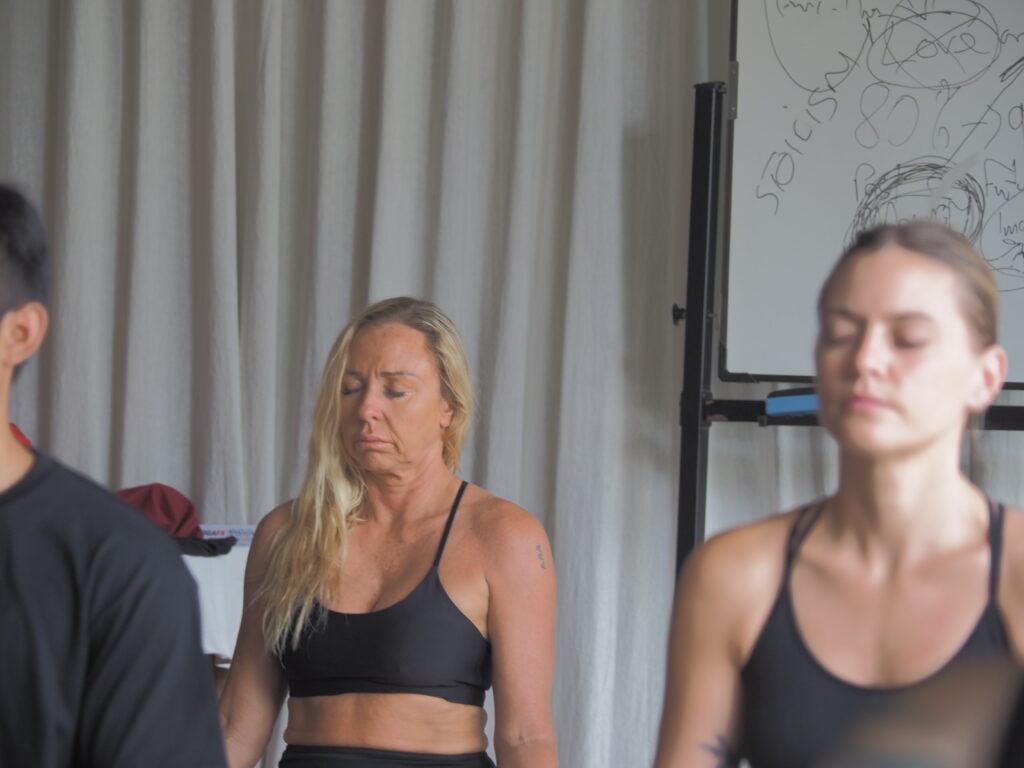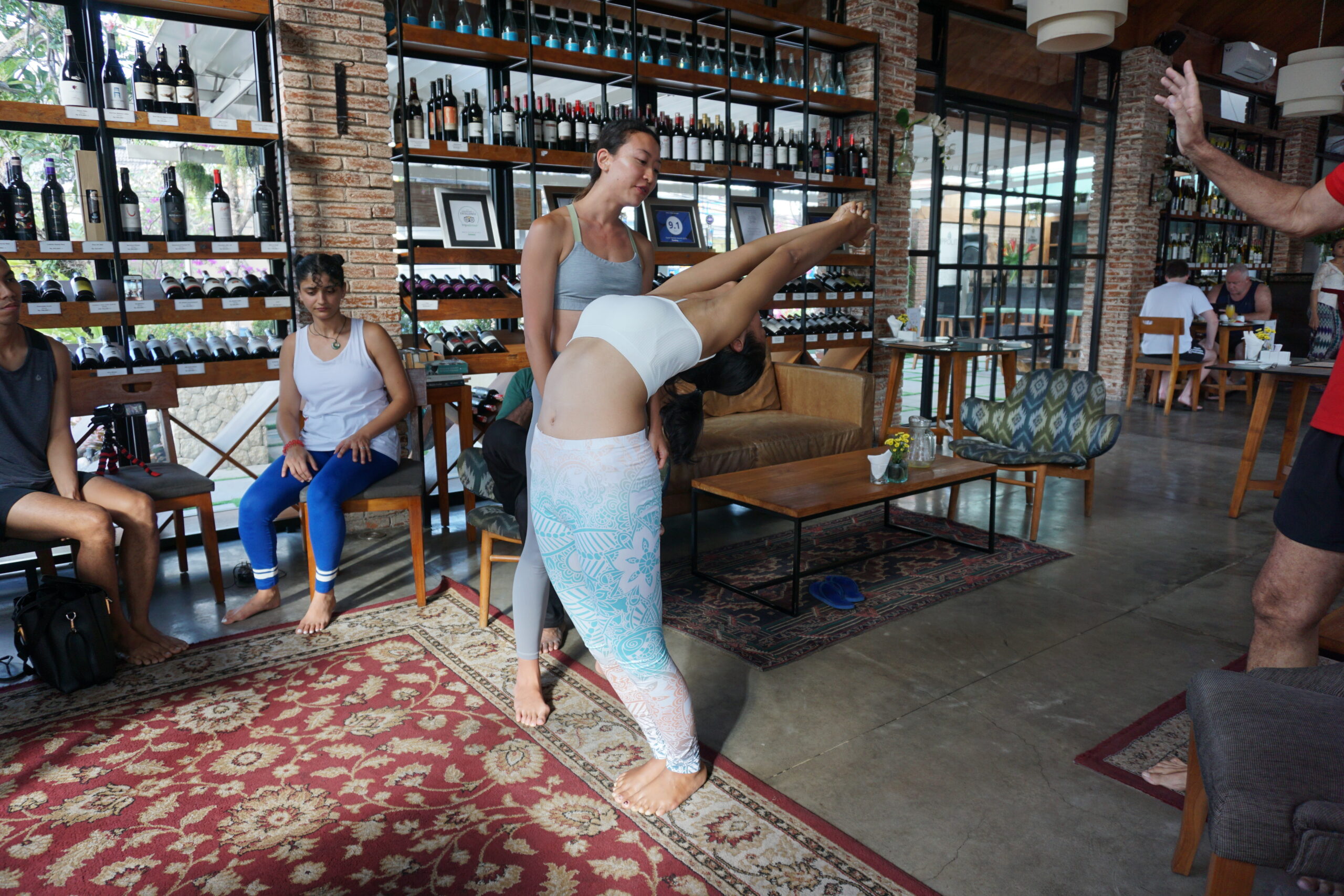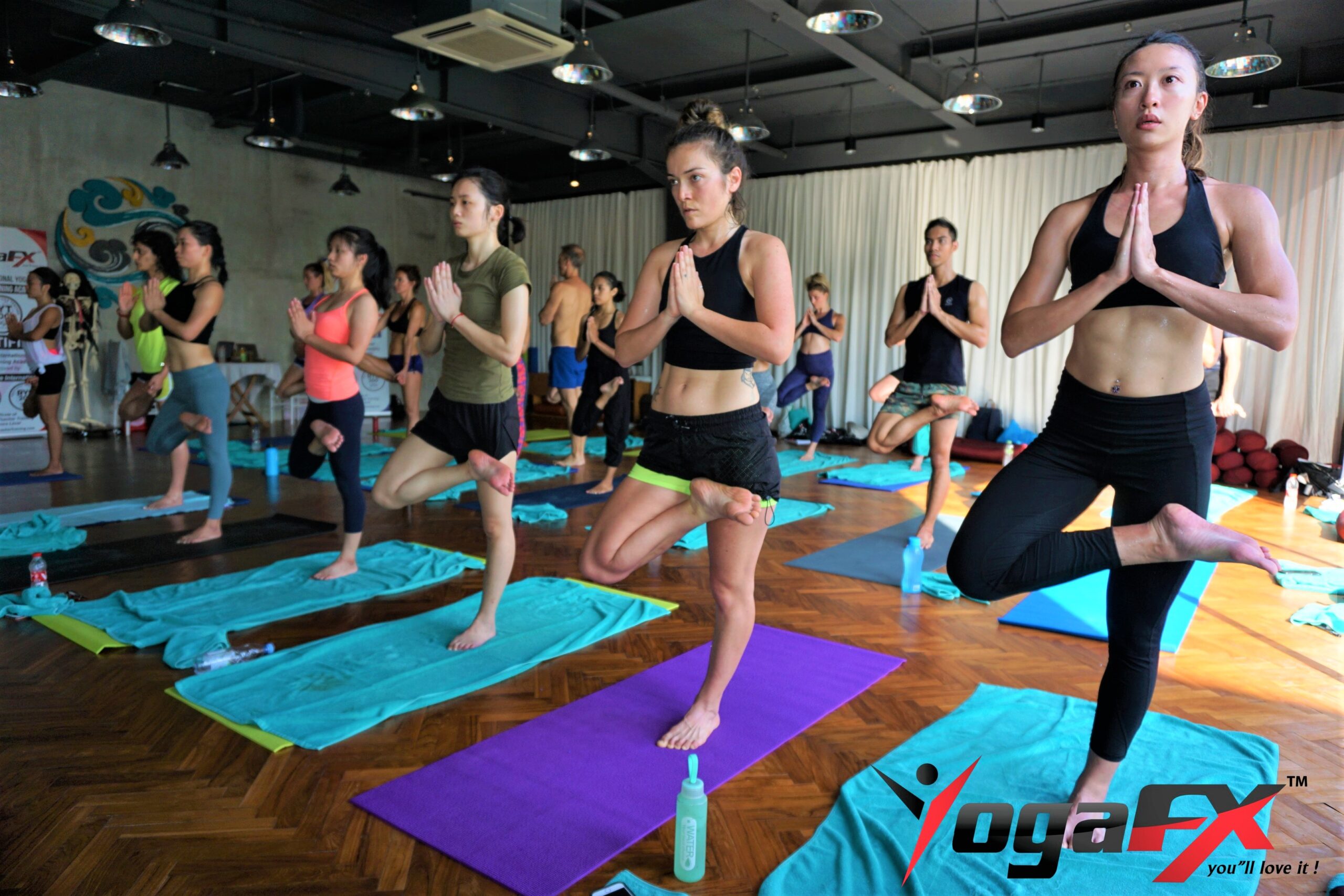Hot yoga has gained popularity in recent years due to its numerous benefits for the mind and body. This form of yoga is typically practiced in a room heated to around 105 degrees Fahrenheit with a humidity level of 40%. The heat is said to improve circulation, increase flexibility, and aid in detoxification. While hot yoga can be an intense practice, it can also be very rewarding. In this article, we will discuss what to expect before and after a hot yoga class.
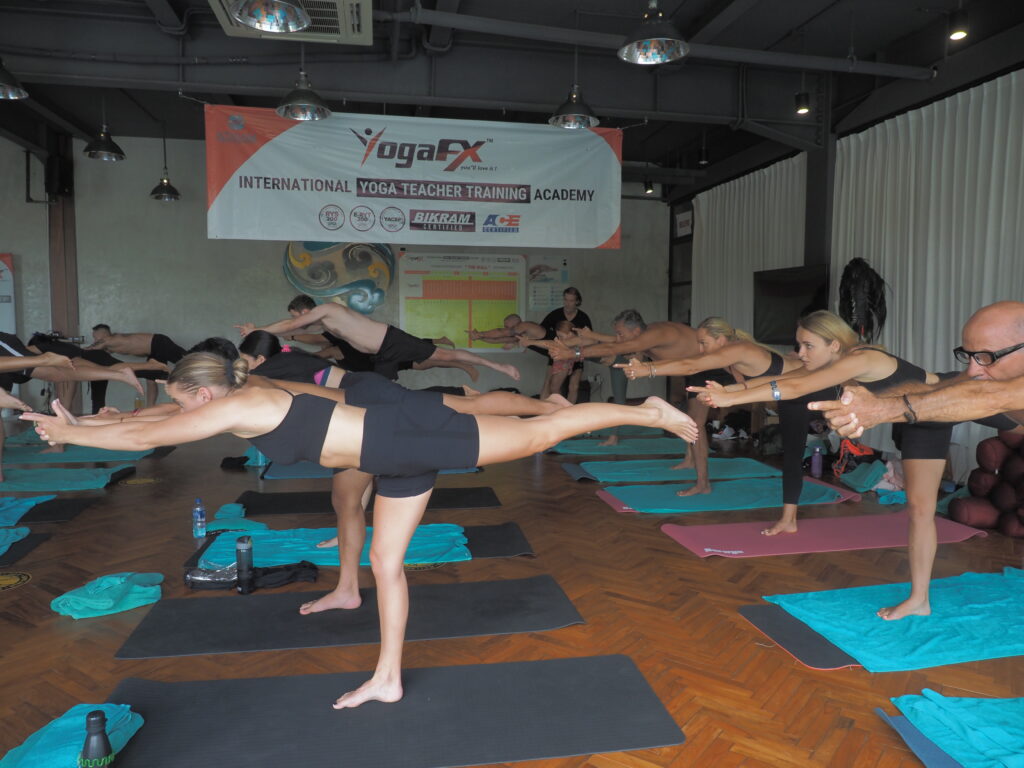
Before Hot Yoga
Before attending a hot yoga class, it is important to prepare your body and mind for the heat. This includes staying hydrated throughout the day, eating a light meal at least 2-3 hours before the class, and wearing appropriate clothing. Loose-fitting, breathable clothing is ideal for hot yoga as it allows for sweat to evaporate and cool the body.
Hydration is key when practicing hot yoga. Make sure to drink plenty of water in the hours leading up to your class to ensure your body is well-hydrated. Avoid consuming heavy meals close to the class time, as this may cause discomfort during the practice. Opt for light, easily digestible foods that provide sustained energy. Arrive at the studio a few minutes early to acclimate to the environment and mentally prepare for the heat.
“Don’t Let Yesterday Take Up Too Much Of Today”
During Hot Yoga
During a hot yoga class, you can expect to sweat profusely. This is due to the high temperature and humidity levels in the room. The heat helps to warm up the muscles and increase flexibility, allowing you to deepen your yoga postures. However, it is important to listen to your body and not push yourself too hard. Hot yoga is not about forcing yourself into extreme poses; it’s about finding balance and practicing mindfully.
As you enter the heated room, be prepared for the intense warmth and embrace it. Allow your body to adapt gradually to the heat and focus on your breath. Throughout the class, the instructor will guide you through a series of poses, emphasizing proper alignment and breathing techniques. Take breaks whenever needed and remember to stay hydrated by sipping water during rest periods.
Sweating is a natural response to the heat, and it plays a crucial role in regulating your body temperature. Embrace the sweat as it helps to detoxify your body by flushing out toxins and impurities. Towels are commonly used during hot yoga to absorb excess sweat and provide traction for better grip. Place a towel on your mat to prevent slipping and use an additional towel to wipe your face and body as needed.
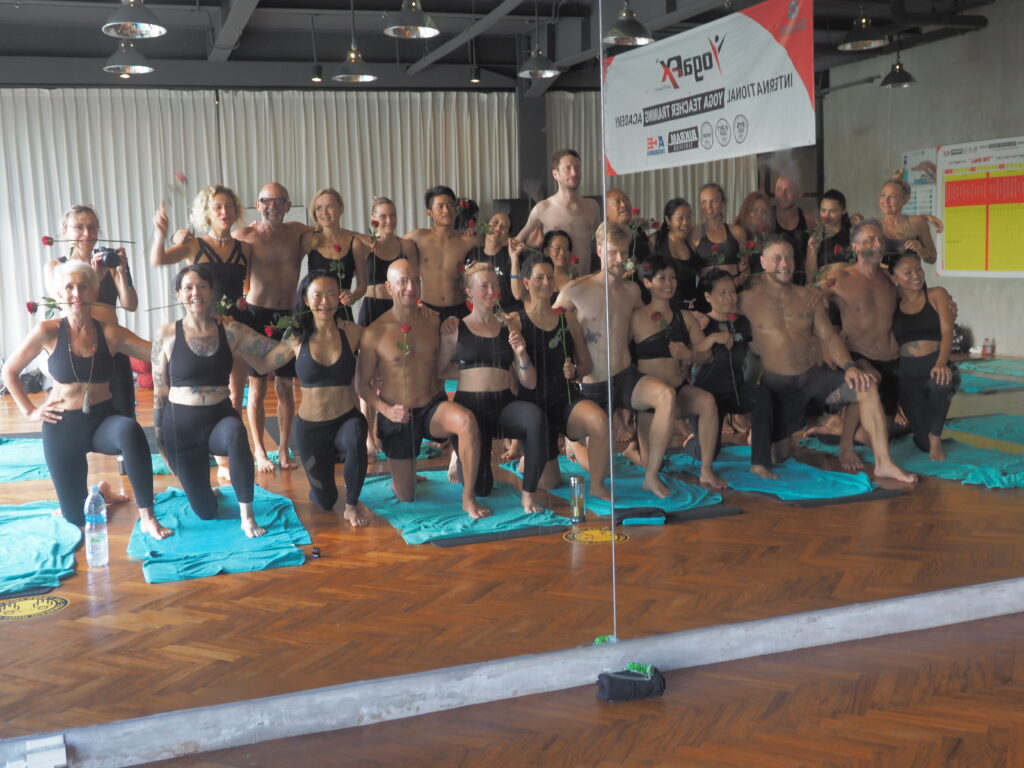
After Hot Yoga
After a hot yoga class, you may feel exhausted but also energized. The heat and intensity of the class can leave you feeling rejuvenated and refreshed. It is important to continue to hydrate and replenish your body with electrolytes. You may also notice improved flexibility and a greater sense of calm and well-being.
Allow yourself some time to cool down and transition back to your regular body temperature. Sit or lie down in a comfortable position and focus on your breath. Take a few moments to reflect on your practice and the sensations in your body. Many practitioners find that hot yoga provides a sense of mental clarity and emotional release.
After the class, take a shower or wash your face to cleanse your skin and remove any sweat or toxins. Hydrate your body by drinking water or electrolyte-rich beverages. Eat a nutritious meal or snack to replenish your energy levels and support muscle recovery. This is also a good time to practice self-care activities such as stretching, meditation, or journaling to further enhance the benefits of your hot yoga practice.
Benefits of Yoga
Hot yoga offers numerous benefits for both the mind and body. The heat and humidity can help to increase circulation, improve cardiovascular health, and aid in detoxification. The practice of hot yoga can also increase flexibility, improve strength and balance, and reduce stress and anxiety. It can also promote better sleep, improve digestion, and boost immunity.
Regular yoga practice can lead to improved physical fitness, increased mindfulness, and a greater sense of overall well-being. It provides an opportunity to challenge yourself, build resilience, and cultivate self-discipline. The heat can also serve as a metaphor for life’s challenges, teaching you to find composure and stay grounded even in difficult circumstances.
Yoga Teacher Training
If you are passionate about hot yoga and want to deepen your practice, you may want to consider yoga teacher training. This program is designed for individuals who want to become certified yoga instructors and specialize in teaching t yoga. Through this training, you will learn the history and philosophy of yoga, as well as gain a deep understanding of the postures and their benefits.
One reputable yoga teacher training program is YogaFX, led by Mr. Ian. YogaFX offers a comprehensive yoga teacher training program that covers the 26-posture sequence of Bikram yoga and the 26-posture sequence of Hot 26 and 2 yoga. The program includes 200 hours of training, including 140 hours of classroom instruction and 60 hours of independent study and practice.
Conclusion
Hot yoga can be a challenging yet rewarding practice for both the mind and body. It is important to prepare your body and mind for the heat, stay hydrated throughout the class, and listen to your body’s limits. After a yoga class, you may feel rejuvenated, refreshed, and energized. If you are passionate about yoga and want to deepen your practice, yoga teacher training may be a great option. Programs like YogaFX offer comprehensive training to help you become a certified yoga instructor.
Embrace the heat, embrace the challenge, and discover the incredible benefits of yoga in your life. Remember, before starting any new exercise program, it’s always a good idea to consult with your healthcare provider, especially if you have any pre-existing medical conditions. Listen to your body, practice proper alignment, and enjoy the journey of self-discovery and growth that yoga can provide.

